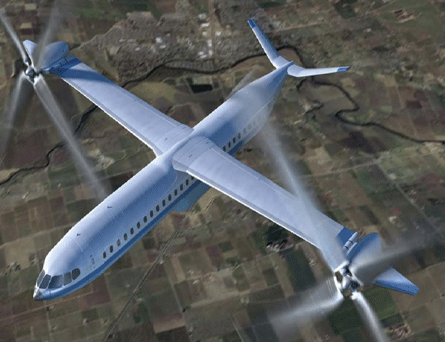Bringing rotary-wing travel to the masses
Under NASA's restructured aeronautics programme, rotorcraft research is focused on tackling barriers to increased use of rotary-wing aircraft in US airspace. Cutting noise and cost, increasing performance and efficiency, and improving safety and utility are all goals for the Subsonic Rotary Wing project.
Technologies being pursued include multi/variable-speed drive systems for future high-speed rotorcraft, such as a large tiltrotor or slowed-rotor compound helicopter. NASA is also working with industry and academia on engines with wide operating ranges suited to rotorcraft, and on oil-free engine and gearbox systems.
Flight dynamics and control research is focusing on variable-speed rotor control to improve efficiency. NASA, with the US Army and University of Maryland, is also testing precision flightpath guidance concepts that would allow rotorcraft to meet required navigation performance criteria in the congested terminal areas.
Rotor research is concentrating on individual blade control to reduce noise and vibration and improve rotorcraft performance at high speeds. A full-scale windtunnel test of closed-loop on-blade rotor control is set for March in partnership with the US Army, Sikorsky and Germany's ZF Luftfahrttechnik. A government-industry consortium is developing computational tools for the design and certification of rotorcraft for operation in icing conditions.
Structures research is focusing on rotorcraft-specific issues involving the durability, damage tolerance and crashworthiness of advanced composite materials. Recent projects have included drop tests of an externally deployable composite energy absorber on to sand and water. Advanced ceramics and fibre-reinforced ceramic matrix composites are being developed to increase the performance and durability of small engines.

Source: Flight International
















